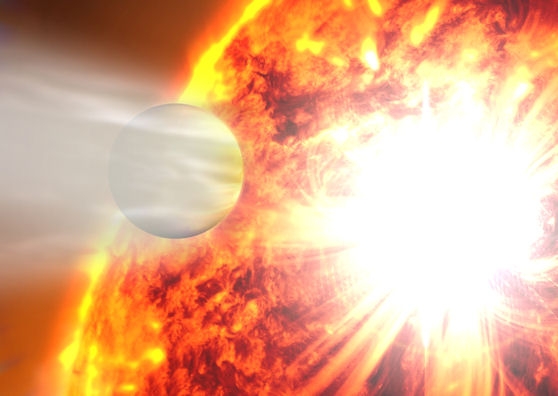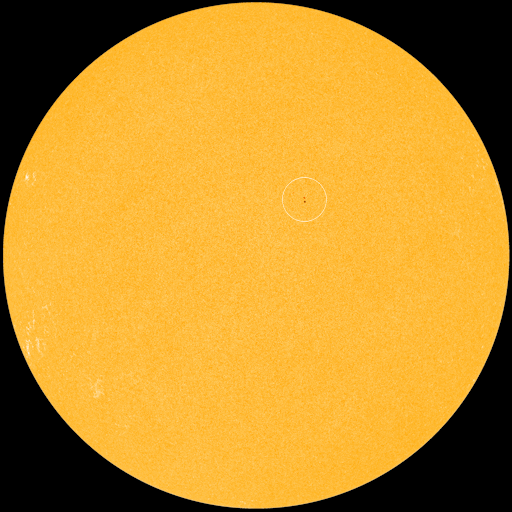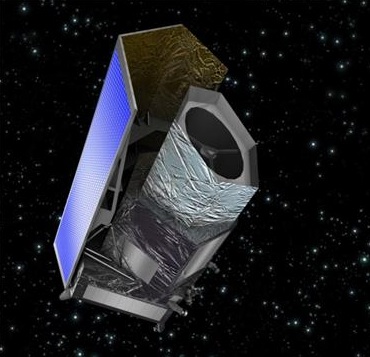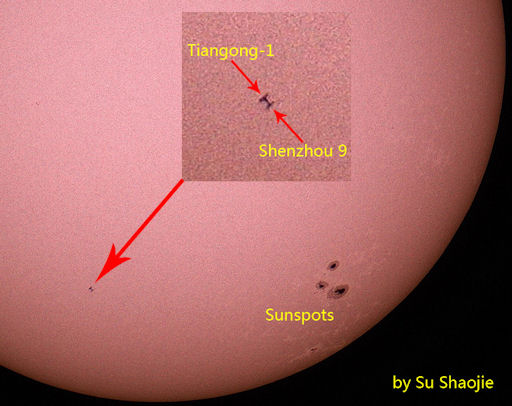June 2012 newsletter from Randy W6SJ;
I am pleased to give you all a progress report. We should all be pleased at our efforts. ARRL made an announcement recently that the LOtW user total had reached 50,000. I think that is a fair measure of the size of the DX community and compares reasonably well with the number of unique call signs worked by the big DXpeditions.
In our case, our flag counter says we have had 53,000 unique visitors. Interestingly, our survey said that a number of people are repeat visitors. I’d like to provide unique content to keep them coming back but am running out of ideas. Thoughts are welcome. So I think that while I am not sure we have saturated the minds of every DXer, I think they all know of us and what we stand for.
It is also interesting to note that many DXpeditions are putting up our Code and/or our logo and a link to our website, many doing without it being brought to their attention. That said, there are some who are oblivious or just forgot. So we try to enlist them. I have only had one group that misunderstood our goals and responded that they “were all experienced and didn’t need any help.” BTW, that DXpedition got “poor grades” for operating skills from many who got or tried to get a QSO.
I think that I continue to be frustrated at understanding human behavior. I think I don’t know any more about that than I did 50 years ago. We really do not have a Ham Rule Book. Most sports have adopted strict rules. Consider The Rules of Golf. Every golfer knows them. All follow them in tournaments, and the great majority follows them in weekly games. Importantly, no one will place even a “friendly bet” with the guys who cheat.
Our hobby is different from golf because we don’t go out with a foursome of buddies who know what we do. It’s a solitary activity and by and large no one who knows you can hear you, whether you are operating well or acting like a jerk, which I think of as cheating. You operate according to your character and usually only you know what you will do if you get frustrated and it triggers a thoughtless act.
I think our mission now is to raise the consciousness level of every DXer so as to spread the word. We don’t want them to “know about the Code.” We want them to believe it and abide by it. The more we bore into the consciousness of every DXer, the better those pileups will be. The more that the DXpedition leaders really train their operators, the better those pileups will be managed.
We know that there will be operators who employ poor practices just as a minister looks out upon his congregation on Sunday morning and he KNOWS that a few of those smiling faces belong to people who will in the next week engage in the very sins about which he is admonishing them.
That thought inspires me to re-double our efforts. We should not forget that many of us will be “replaced” in coming years by a new generation of “old fogies.” How will they learn to operate? Will they learn and be inspired to abide by the Code? Or will they learn from the jerks?
With that thought in mind I close with this quote from Cory Booker, the mayor of Newark, N.J.
“We have to fight the dangerous streams in culture, the consumerism and narcissism and me-ism that erode the borders of our moral culture,” he said. “We can’t put shallow celebrity before core decency. We have to have a deeper faith in the human spirit. As they say, he who has the heart to help has the right to complain.”
He wasn’t talking about amateur radio operators, but he might as well have. Those who read this do believe and do have a right to complain about those jerks because we all sincerely have the heart to help and are doing so.
Finally, lean on your national society to support the Code publicly and put it at their website. For U.S. hams, I continue to be embarrassed that the ARRL is still just ignoring our existence. Take a minute to write or e-mail to your Section and Division Leaders and to management at Newington.
I thank you for your help and for your positive words of encouragement. And please forward this newletter to your pals and members of your local ARC.
Read the full DX Code Of Conduct by clicking this link ; http://www.m0oxo.com/dxcode-of-conduct.html









